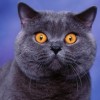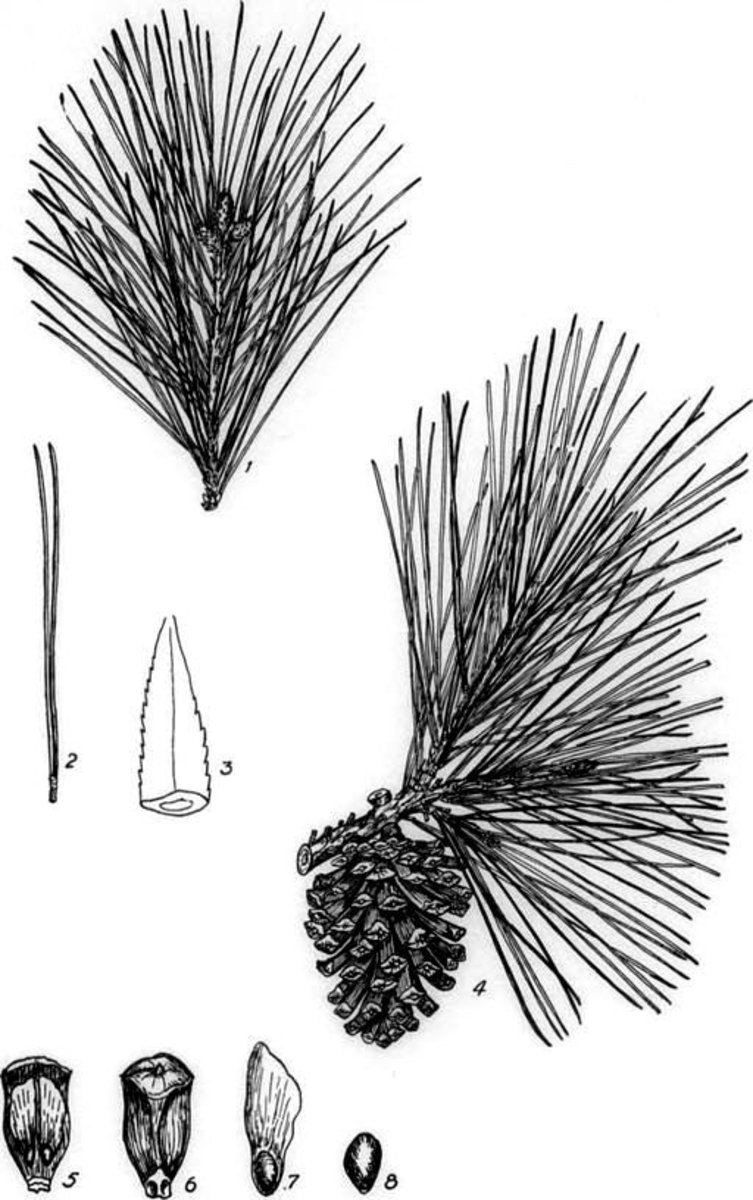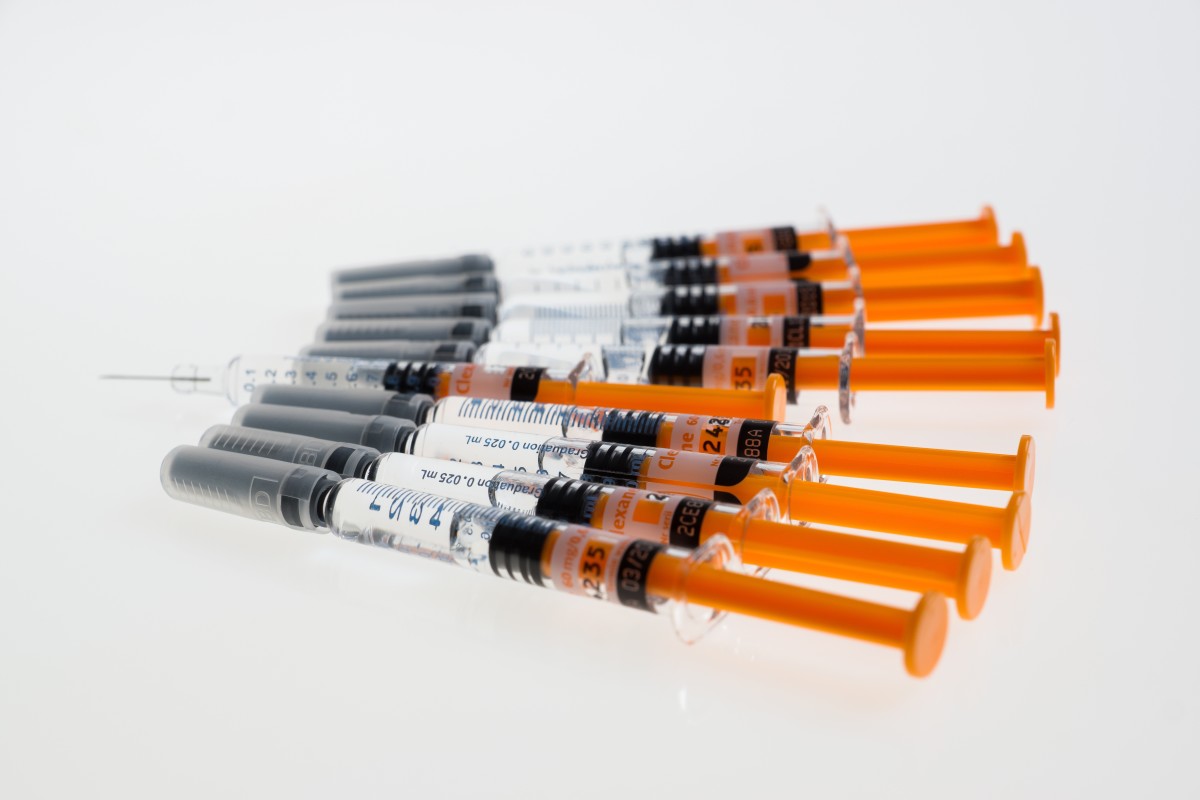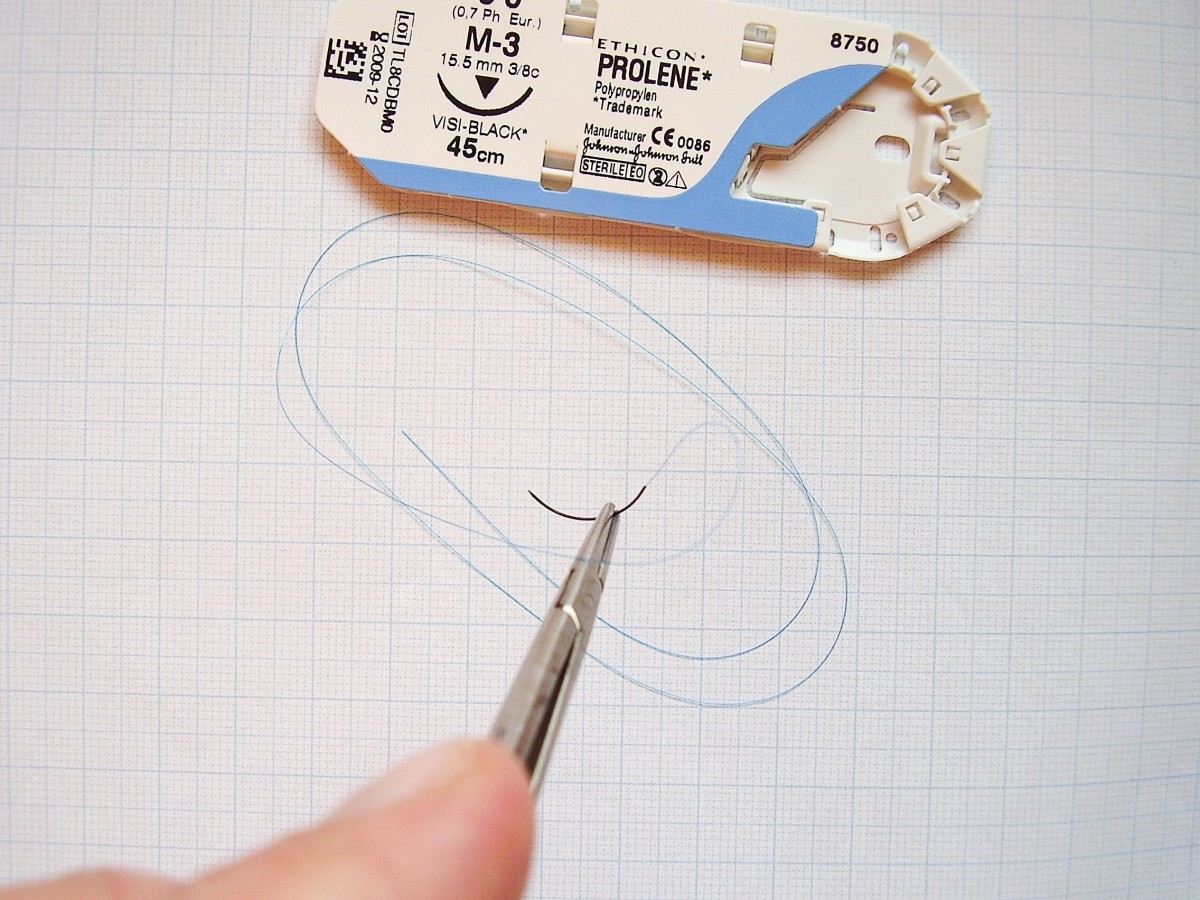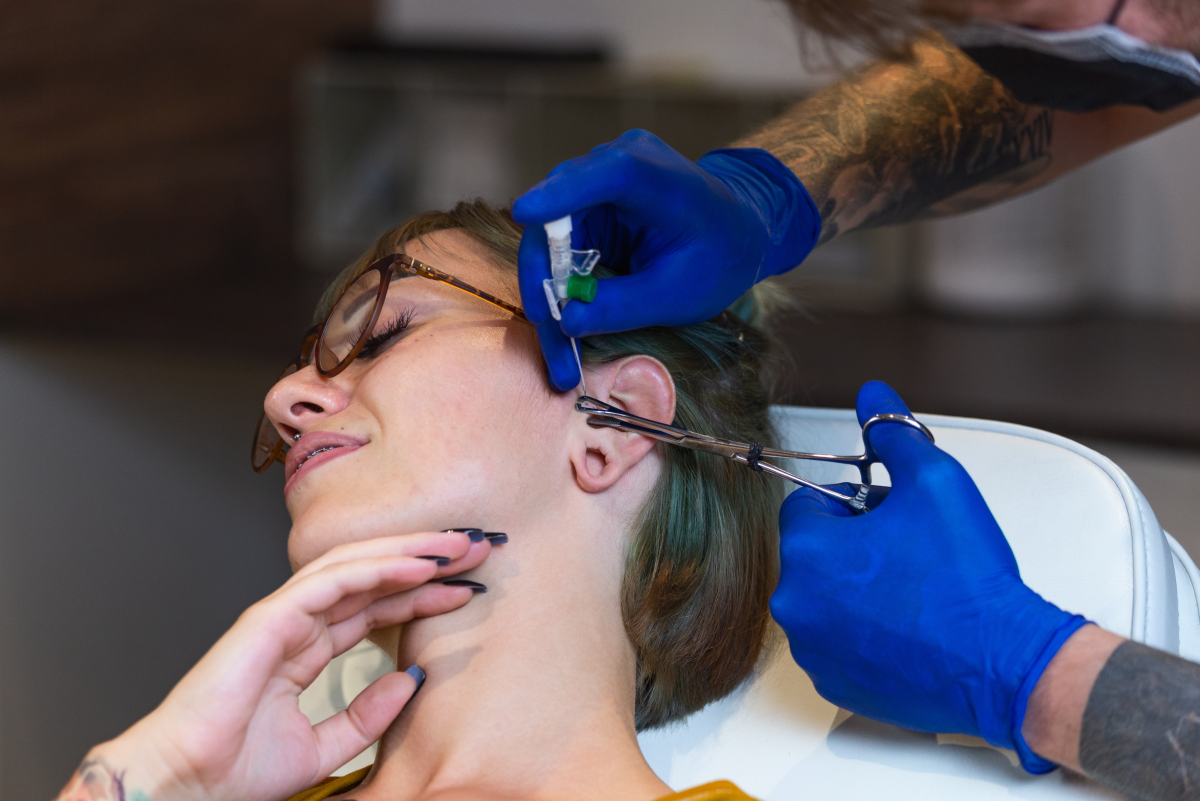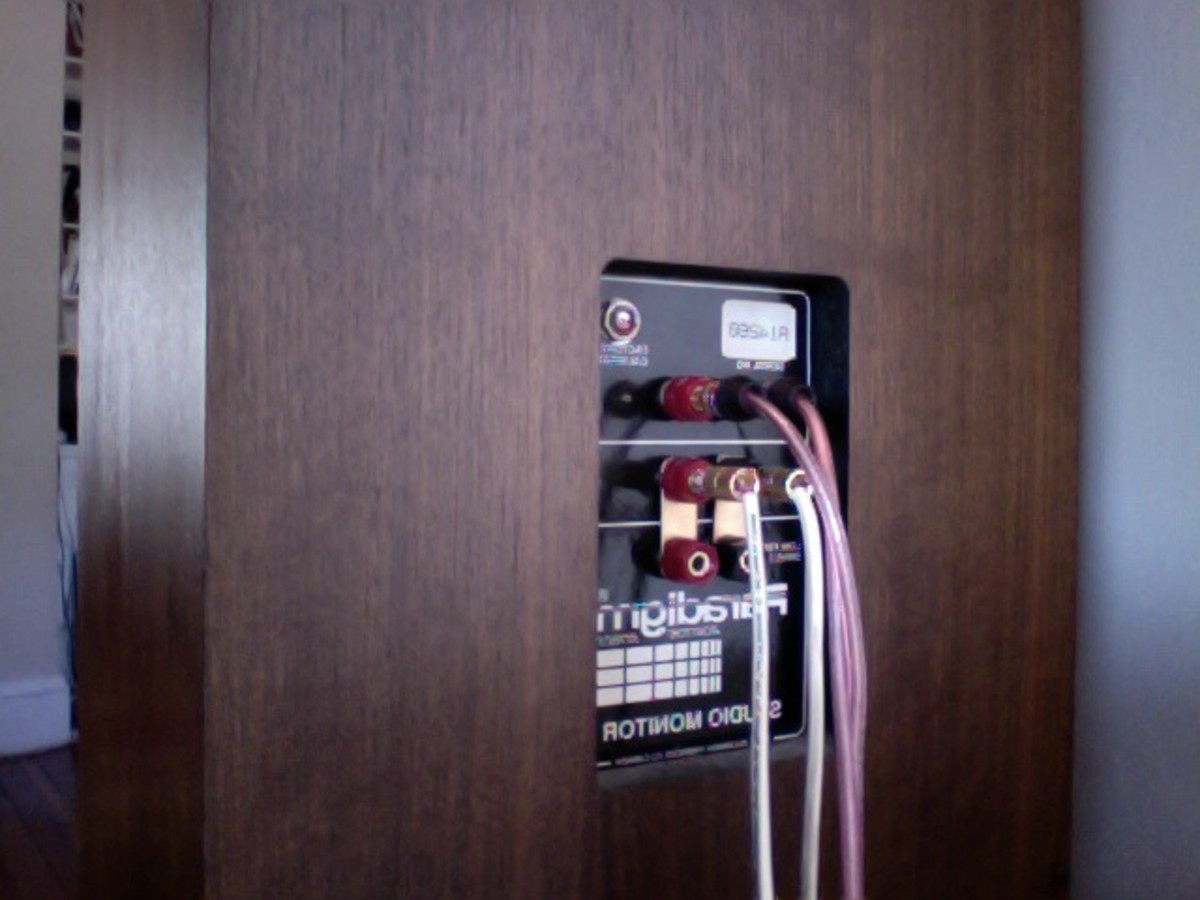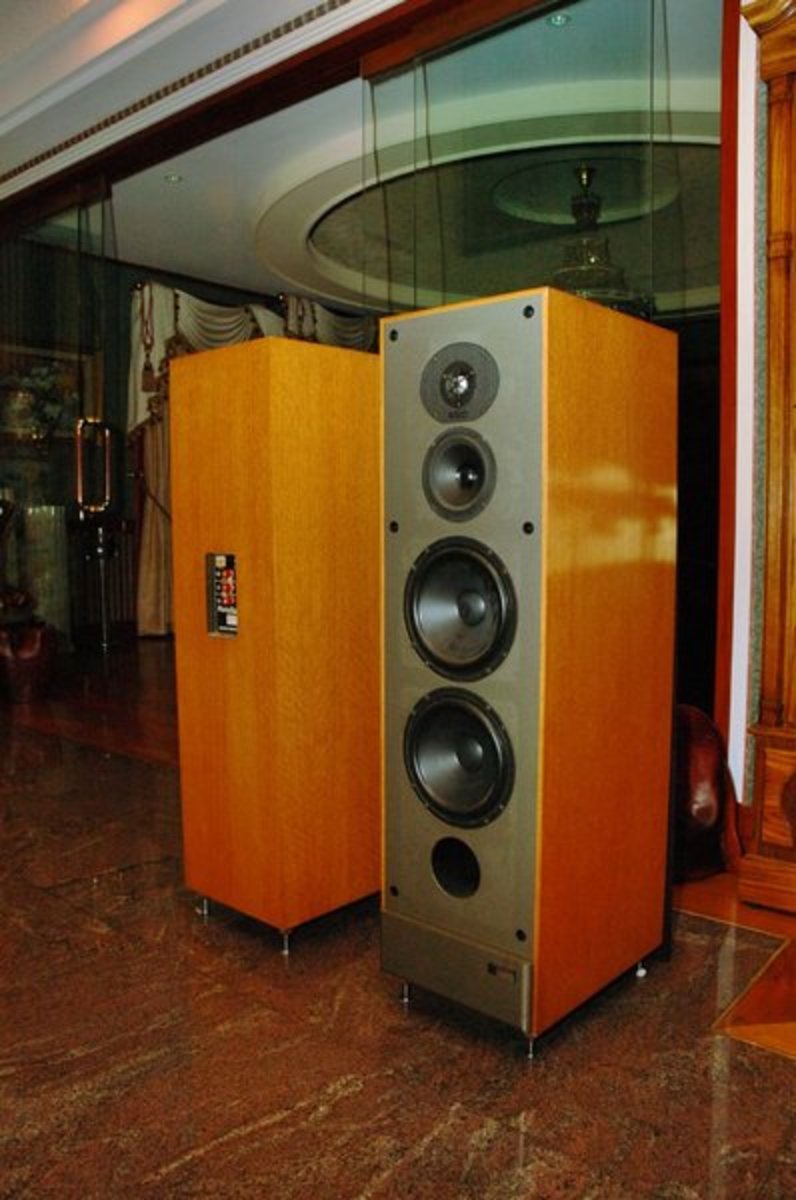DJ Turntable needle and cartridges
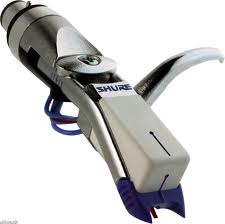
On the turntable is the part that makes all the music come together. The needle. The needle on the turntable sits in the grooves of the record, and then amplifies the sound that is made, through the tonearm, and down to the audio output.
Its the vibrations from the needle that are then translated into the electrical signals that then create the sound. This is the reason that you have to make sure your records are clean, but more importantly, that your needle is working correctly.
The needles that you get in a DJ turntable are far superior to the needles in just an average hi fi turntable, due to the amount of extra playing that is happening.
Your needle can take a heavy amount of damage, since it can be dropped and scratched. So you'll be glad to hear that the needles and the cartridges that hold the needle can usually be replaced easily, and are compatible with any turntable. Just because you have a Technic turntable, doesn't mean another brand won't work with it.
There is a universal connection for the headset cartridge that manufactures have agreed to use. This normally doesn't apply though to very cheap turntables, so this is one more reason that you should look at actually getting a good set of turntables.
head shell,
The cartridge for your turn table can usually be bought with 2 variations. There is what is called a head shell, which has the cartridge and the needle attached already. The needle is screwed on already. This is the design that usually comes as standard when you buy a new turntable. The head shell can be removed, and you can replace it with a new cartridge and needle.
Built-in headshell
The built in headshell design does not use a separate headshell, and has the cartidge plugged in directly to the main connection on the tonearm. This gives it a smoother fitting, and it looks much better too.
DJ Needles
There is a choice for needles as well as the headsets too. The first type of needle is a spherical needle. This has a slightly rounded tip, and its purpose is to make contact with the straight sides of the groove in the record. This allows for a minimum amount of contact with the record, and although you would think it would be unsecured, its far from it due the the force that is created from the contact on both sides of the groove. These types of needles are preferred by scratch DJ's since they do hold so well in the groove. This type of needle does however wear your records down quicker, due to the amount of tracking force. It can also have a slightly less quality in sound, due to the reduced amount of vibration that travels down the needle. Since its this vibration that leads to the actual sound of the record working.
The second type of needle is the Elliptical needle, which has much more contact with the groove. The reason for this is that it has a cone finish on the end of the needle. This means it dips further into the groove, and makes less contact with the sides, allowing the vibration to be larger and the sound quality to be better. However this can mean the occasional skip or jump, due to the reduced contact with the surface area of a record. This type of needle is terrible for DJ's that want to scratch their records, however it is great for DJ's demanding a higher quality sound.
Good ways to check if your needle is needing to be replaced is to use a magnifying glass, and see if you can see just what the needle tip is looking like. If there is lots of marks and dirt, then you should replace the needle right away. You can sometimes also tell if your needle needs replaced just by practicing with a band one, and you can listen to the sound that is caused, and compare it with the sound of a new one. Obviously don't try this with your best records though.
